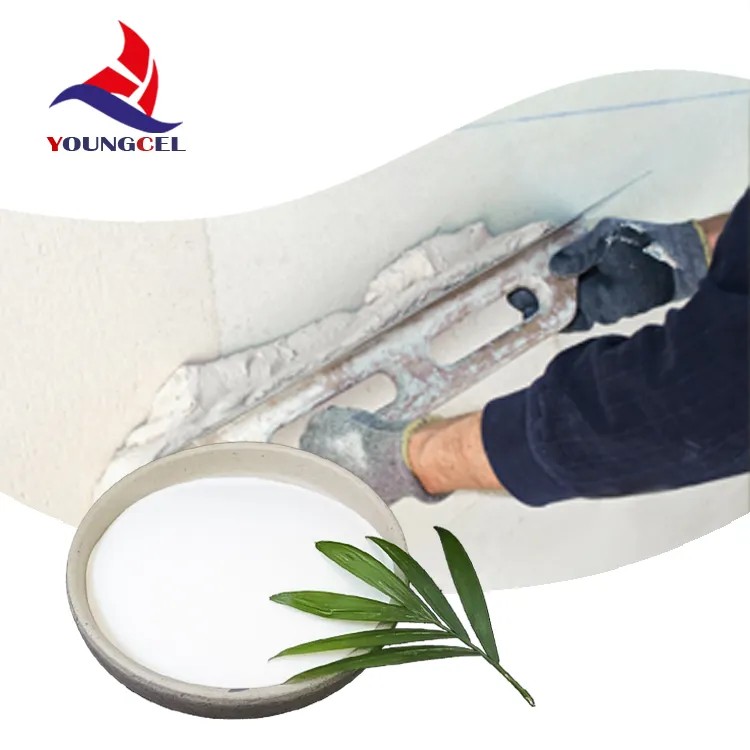Understanding Cellulose Ether Focus on Hydroxyethyl Methyl Cellulose (HEMC)
Cellulose ethers are an essential class of compounds derived from cellulose, a natural polymer found primarily in plant cell walls. Among the various types of cellulose ethers, Hydroxyethyl Methyl Cellulose (HEMC) stands out due to its unique properties and diverse applications. This article will delve into what HEMC is, its production process, characteristics, and its significance in various industries.
What is HEMC?
Hydroxyethyl Methyl Cellulose is a non-ionic cellulose ether that is produced through the partial substitution of hydroxyl groups in cellulose with hydroxyethyl and methyl groups. This modification enhances its solubility in water and creates a variety of physical properties, making HEMC a versatile material. HEMC appears as a white powder and is soluble in both hot and cold water, forming a viscous solution essential for numerous applications.
Production Process
The production of HEMC begins with the processing of cellulose sourced from renewable natural resources, such as wood pulp or cotton. The cellulose is then treated with alkali to activate it, followed by the introduction of methyl and hydroxyethyl groups through etherification. This chemical reaction is typically performed in a controlled environment to ensure the desired degree of substitution and molecular weight, which directly affect the properties of the final product.
After etherification, the product undergoes purification and drying to yield the white powder characteristic of HEMC. The manufacturing process is crucial in determining the viscosity, solubility, and application potential of HEMC.
Key Properties
HEMC boasts several desirable properties that make it suitable for various applications. One of its most significant attributes is its ability to form thick, gel-like solutions in water, which can modify the flow properties of liquids. Additionally, HEMC is known for its excellent water retention capacity, making it beneficial in construction and cosmetic formulations.
cellulose ether hemc

Moreover, HEMC is non-toxic, biodegradable, and has a low environmental impact, making it an attractive option for manufacturers looking to comply with stringent regulations regarding sustainability and safety. Its stability under different pH conditions further enhances its applicability across various industries.
Applications
The versatility of HEMC allows for its use in multiple sectors, including construction, pharmaceuticals, food processing, and personal care
1. Construction In the construction industry, HEMC is often incorporated into cement-based products such as tile adhesives, plasters, and grouts. It improves workability, extends open time, and enhances adhesion properties, ensuring that materials remain workable for extended periods.
2. Pharmaceuticals In the pharmaceutical field, HEMC serves as a binder, film former, and controlled-release agent in tablet formulations. Its properties help ensure consistent release profiles and improve the stability of active ingredients.
3. Food Processing HEMC is utilized as a thickening agent, stabilizer, and emulsifier in various food products. Its ability to retain moisture enhances the texture and shelf life of processed foods without compromising safety.
4. Cosmetic Products In personal care formulations, HEMC functions as a thickener and stabilizer in lotions, creams, and gels. Its non-irritating properties make it ideal for sensitive skin formulations.
Conclusion
Hydroxyethyl Methyl Cellulose is a remarkable cellulose ether with a wide range of applications across various industries. Its unique properties, including excellent solubility, viscoelasticity, and eco-friendly credentials, position it as a valuable ingredient in modern formulations. As industries continue to seek sustainable and efficient materials, the importance of HEMC is likely to grow, underscoring the need for further research and innovation in cellulose-based products.
-
Rdp Powder: Key Considerations for Wholesalers in the Building Materials IndustryNewsJul.08,2025
-
Key Considerations for Wholesalers: Navigating the World of Hpmc - Based ProductsNewsJul.08,2025
-
Hpmc Detergent: Key Considerations for WholesalersNewsJul.08,2025
-
Key Considerations for Wholesalers: China Hpmc For Tile Adhesive, Coating Additives, Concrete Additives, and MoreNewsJul.08,2025
-
Crucial Considerations for Wholesalers: Navigating the World of Construction MaterialsNewsJul.08,2025
-
Key Considerations for Wholesalers Sourcing Additive For Cement, Additive For Concrete, Additive For Putty from Additive Manufacturer Shijiazhuang Gaocheng District Yongfeng Cellulose Co., Ltd.NewsJul.08,2025




